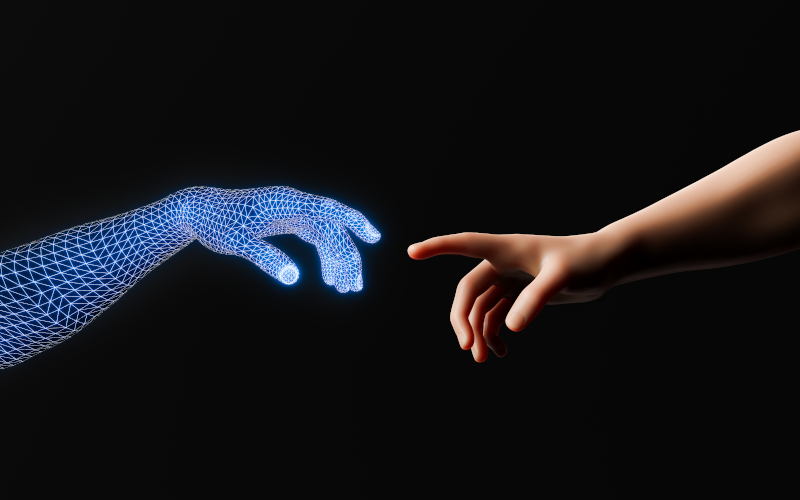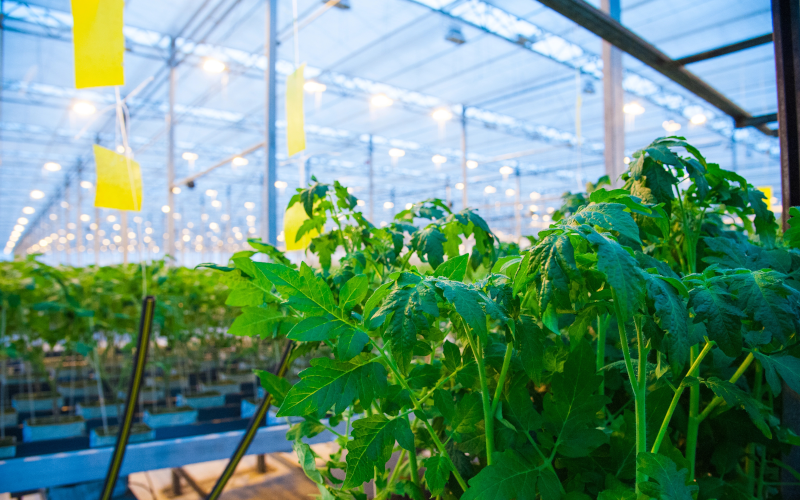

In the era of interconnection and digitization, industrial control systems (ICS) are increasingly exposed to cyber threats. These systems are vital for energy production, manufacturing and critical infrastructure management, and their protection has become an essential priority.
Risk analysis is fundamental in this context, as it allows identifying, assessing and prioritizing the risks that can affect ICS. This process, ranges from technical vulnerabilities to emerging threats, and is crucial for developing effective mitigation and protection strategies.
In this article, the challenges and solutions related to risk analysis in ICS will be explored, as well as the importance of the IEC 62443-3-2 standard in this critical process.

The digital twins are virtual recreations of real-world objects or processes. This innovative idea, proposed by Dr. Michael Grieves, has become increasingly relevant in various industrial sectors thanks to the advancement of technologies such as 3D modelling, the Internet of Things (IoT), the IIoT (Industrial Internet of Things), machine learning and big data. Its application makes it possible to simulate and analyse physical processes efficiently, thus contributing to the digital transformation of industry, also known as Industry 4.0.
The fundamental purpose of digital twins is to facilitate the understanding of how elements operate in the physical world. For example, in manufacturing, it is possible to create a digital twin of a factory and through simulations explore different scenarios: what would happen if a machine were modified, how would it impact production, and what would happen if a machine were changed? The digital twin provides answers before real changes are made to the physical environment, speeding up decision-making and optimising processes.




The agri-food sector is one of the most critical sectors today because it is one of the most important sectors for the country's economy, as it produces food.
This sector, like many others, is in continuous evolution. An example of this is the automation and digitalization of the many processes that are carried out. These new technologies bring many advantages, such as more efficient processes, less water consumption, detection of possible risks, etc. These great advantages also bring with them some problems, such as increased exposure to cyber-attacks.
Therefore, this article provides some basic knowledge to make the industry aware of the importance of implementing cybersecurity in their technologies.



